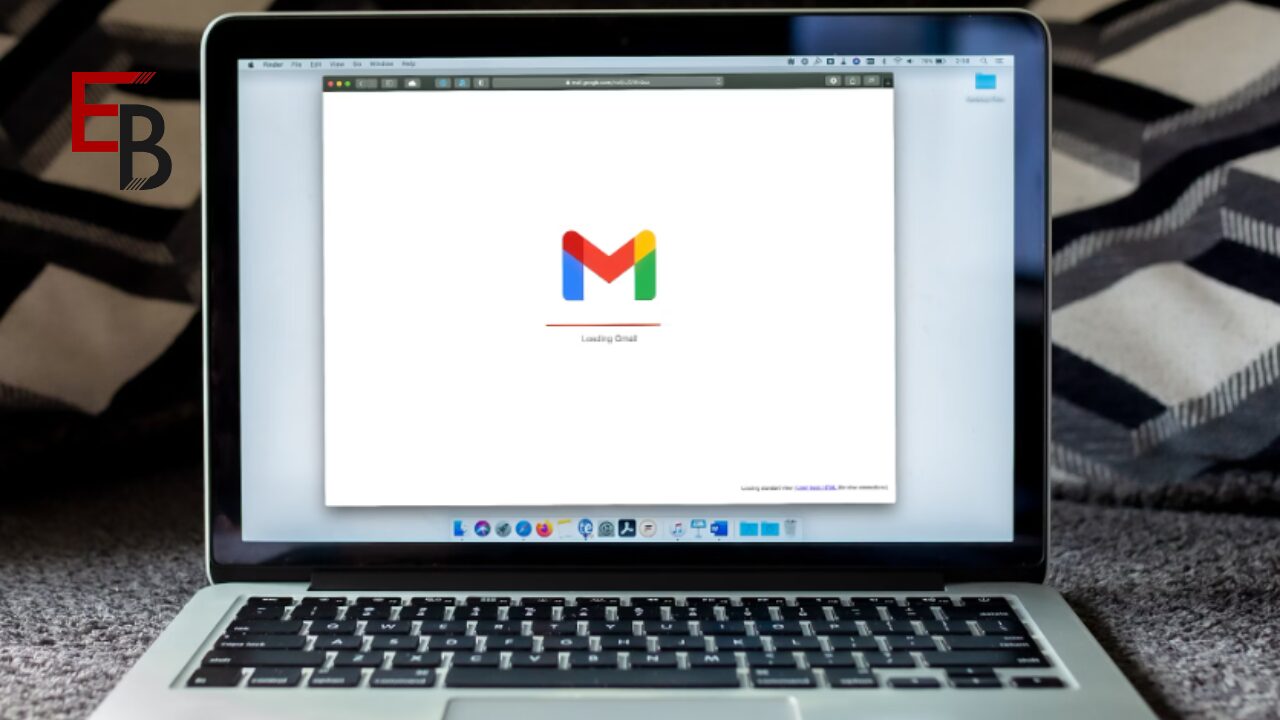Sealing the Deal: Optimizing Confirmation Emails for Customer Satisfaction

This introductory piece delves into optimizing confirmation emails, not just as a receipt of action but as a tool to enhance customer satisfaction, reinforce brand trust, and pave the way for ongoing engagement.
Through strategic design and thoughtful messaging, a confirmation email can do more than confirm; it can delight, reassure, and inspire further interaction.
The Anatomy of an Effective Confirmation Email
An effective confirmation email goes beyond transactional details to create a positive post-purchase experience. Its anatomy includes:
- Clear Subject Line: Start with a clear, concise subject line that immediately informs recipients about the email’s purpose, such as “Order Confirmation” or “Booking Successful.”
- Personalized Greeting: Use the customer’s name to add a personal touch, making the email more tailored and engaging.
- Order Summary: Provide a detailed purchase summary, including items bought, quantities, prices, and total cost, to reassure customers about the accuracy of their order.
- Transaction Details: For easy reference, include essential details like order number, transaction date, and payment method.
- Next Steps: Clearly outline any next steps or what the customer should expect next, such as shipping information, estimated delivery dates, or any required actions.
- Contact Information: Offer easy access to customer support or service contacts for questions or concerns, enhancing reliability and support.
Designing your confirmation emails with these elements ensures the delivery of essential information and contributes to a positive brand experience right from purchase.
Enhancing Customer Satisfaction through Confirmation Emails
Confirmation emails are a golden opportunity to enhance customer satisfaction by adding value and exceeding expectations. Strategies include:
- Personalization: Beyond using the customer’s name, tailor the email content based on their purchase history or preferences, making the communication feel more relevant and personal.
- Brand Reinforcement: Use your brand’s voice, tone, and visuals to reinforce brand identity and create a consistent experience across all touchpoints.
- Valuable Content: Include helpful information or resources related to the purchased items, such as guides, tips, or related articles, adding value beyond the transaction.
- Gratitude: Expressing gratitude for the customer’s choice to do business with you fosters goodwill and a positive emotional connection to your brand.
Confirmation emails can boost customer satisfaction by focusing on these elements, turning a routine transaction into a memorable brand interaction.
Driving Further Engagement
Optimizing confirmation emails for further engagement involves encouraging customers to take the following steps in their journey with your brand. Effective tactics include:
- Cross-Selling and Upselling: Suggest related products or services that complement the customer’s purchase, tailored to their interests and past behavior.
- Social Sharing Buttons: Incorporate social sharing options that allow customers to easily share their purchase or experience with their network, amplifying your brand’s reach.
- Feedback and Reviews: Invite customers to provide feedback or review their purchase, fostering engagement and collecting valuable insights for improvement.
- Exclusive Offers: Include special offers or discounts on future purchases to incentivize repeat business and deepen customer loyalty.
By strategically incorporating these elements into your confirmation emails, you can confirm a transaction and pave the way for ongoing customer engagement and relationship building.
Building Trust with Transparency
Transparency in confirmation emails plays a pivotal role in building and maintaining customer trust. Key aspects include:
- Order Details: Provide comprehensive details of the transaction, including a clear breakdown of costs, taxes, and any additional fees, to avoid any post-purchase surprises.
- Clear Expectations: Set expectations regarding delivery timelines, return policies, and any next steps required from the customer, ensuring they feel informed and in control.
- Accessible Support: Include easy-to-find contact information for customer support, along with FAQs or links to help resources, reinforcing your commitment to their satisfaction.
- Security Assurance: Remind customers of the security measures to protect their personal and financial information, alleviating concerns about online transactions.
Confirmation emails can significantly enhance customer trust by prioritizing transparency, laying the foundation for a lasting and positive relationship with your brand.
READ MORE
Leveraging Confirmation Emails for Loyalty Building
Confirmation emails offer a strategic opportunity to foster customer loyalty through thoughtful engagement. Strategies include:
- Loyalty Program Promotion: Introduce or remind customers of your loyalty program, highlighting the benefits and how their recent purchase contributes to their rewards.
- Exclusive Offers: Reward customers with exclusive offers or early access to sales as a token of appreciation for their loyalty, encouraging repeat purchases.
- Personalized Recommendations: Based on the current purchase, offer personalized product recommendations that align with their interests, encouraging further exploration of your brand.
- Customer Success Stories: Share testimonials or success stories from other loyal customers to inspire confidence and a sense of community around your brand.
Implementing these tactics in confirmation emails enhances the post-purchase experience and encourages customers to deepen their engagement with your brand, fostering long-term loyalty.
Optimizing for Mobile Devices
Optimizing confirmation emails for mobile devices is crucial in today’s mobile-first world to ensure a seamless and accessible customer experience. Considerations include:
- Responsive Design: Use responsive email templates that automatically adjust to fit the screen size of smartphones and tablets, ensuring readability and ease of interaction.
- Concise Content: Keep content brief and concise, understanding that mobile users prefer quick, easily digestible information.
- Large Call-to-Action Buttons: Design call-to-action buttons to be large enough for easy tapping on touch screens, facilitating user action without frustration.
- Testing Across Devices: Regularly test your confirmation emails across various mobile devices and email clients to ensure consistent performance and user experience.
By optimizing confirmation emails for mobile, you ensure that customers interact positively with your brand, regardless of the device they use, enhancing satisfaction and engagement.
Conclusion
Confirmation emails stand as opportunities to boost satisfaction, trust, and engagement. By focusing on clarity, personalization, loyalty, and mobile optimization and continuously refining your strategy based on data, you can turn these emails into pivotal touchpoints for enhancing customer relationships and driving business success.
